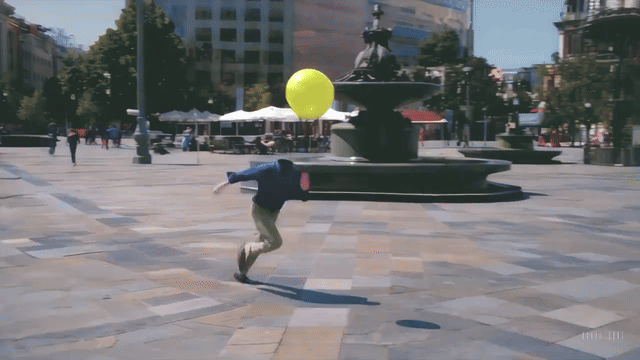
OpenAI has given access to its impressive Sora artificial intelligence video generator to a group of professional artists and filmmakers to see what they could create.
Sora was first revealed to the public in February and in a little over a month it has become one of the most dominant topics of conversation in the AI video space.
While we have seen dozens of amazing videos produced using Sora, this is the first time anyone outside of OpenAI has been able to utilize the AI tool to make content.
Works were commissioned from creative directors, musicians, directors and production companies drawing on the full capabilities of Sora to create realistic and surrealist works.
There are still questions to be answered around the source material used to train Sora, with some concerned it includes content shared on YouTube taken without permission, but for now at least a subset of the creative community seems open to using the new platform.
How are creatives using Sora?
Short film maker Paul Trillo described Sora as being at its most powerful "when you're not replicating the old but bringing life to new and impossible ideas."
One of the big arguments in favor of AI generated video is the ability to bring concepts to life that would be well out of budget for small indie filmmakers. Giving them a new way to express their imagination without breaking the bank.
He created a series of videos that play on the obscure, zooming through tunnels to take you to disparate and sensational locations mixed with surrealistic scenes of robots and dancing trash.
Another piece from Trillo tells the story of the golden record sent to space on the Voyager spacecraft. It took 11 different generations cut together to "explore what the odyssey of this record might look like".
One of the most striking new videos came from the Toronto-based multimedia production company shy kids.
They produced Air Head, a short about a man with a yellow balloon for a head that pulled together a series of Sora clips on that theme with a narrative voice over.
What it also showed is some limitations in Sora around character consistency, but that will likely be improved before it is officially launched.
Artists using AI video
AI video isn’t new. Generative AI video isn’t even that new, with the first commercial models now more than a year old but Sora seems to have taken this to a new level, creating longer and more immersive clips from a single text prompt.
OpenAI says the main difference is compute power and time to train. Scale seems to be the bigger differentiator, but this increase pushes it into a new area where artists take note.
In this first impressions series we also had Nik Lkeverov of emmy-nominated agency Native Foreign visalize concepts for a fake soda brands. Musician August Kamp described it as a way to iterate on cinematic visuals and creative director Josephine Miller from Oraar Studio said it provided a way to bring long-stagnent ideas to life.
We’ve seen some amazing work from AI video producers using Runway, Pika Labs or Stable Video Diffusion, but Sora videos feel lmore natural, less generated — even when surreal.
Alexander Reben is a sculptor and current OpenAI artist in residence. He builds models inspired by AI-generated images and used Sora for inspiration.
"My thoughts drifted towards exploring the realm of photogrammetry and its potential applications to sculpture,” he said. “The prospect of transforming video into 3D models intrigued me, as it hinted at propelling the AI system beyond its initial scope.”
Will AI video take over Hollywood?
Hollywood has always adapted to incorporate the latest technology in filmmaking, from better lighting rigs to digital cameras and a multitude of VFX tools. AI is different.
A large part of the recent SAG-AFTRA strike was over the potential use of AI to take jobs from actors. With tools like Sora visual effects artists will likely be among the hardest hit, but OpenAI and others in the space say it just provides new tools for creating visual effects.
The biggest impact could be seen with small scale filmmakers, indie creators and even in the marketing and advertising space.
If Sora does follow prompts as well as it seems then creating a series of two-minute AI-clips to the same theme would bring down the cost of filmmaking.
Those clips could be cut between real-world footage and integrated into a full production, replacing costly visual effects.
For example, AI could provide the monster in a horror movie, or show a spaceship exterior for a sci-fi film without having to make a model and film it.
There are still questions around the cost of producing a clip with Sora; some speculate it could be as much as $100 for 1 minute of video. Other questions also need to be answered around data provenance and copyright of the actual output.







